 • Earliest Settlers
• Earliest Settlers
• Thomas Holt
• Dunes Violated
• The Sandhills
• Alpha House
|
Occupation |
The Sandhills
When James Cook in 1770, had looked down on what is today called Cronulla Beach from the sandhills, which covered over 1000 acres and rose to 200 feet, he had made no mention of any bare dunes. Less than 100 years later the scrub had been cleared and burnt, the trees had been ringbarked or cut down for the timber industry, and Holt's grazing stock had eaten out the restraining grass cover. This intervention of man unleashed the sands to produce an unstable transgressive dune sheet that moved north at the rate of at least 8 metres a year. |
  |
| In 1933 the Sutherland Shire Council asked the Government to set aside the 2000 acres between Cronulla Golf Club and Kurnell as a reserve. But the Government could see no reason to establish another National Reserve so near to Captain Cook's Landing Place Reserve. |
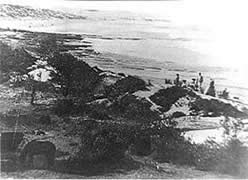 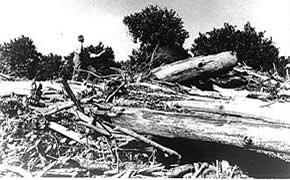 |
| In 1937 the Council was offered 720 acres of sandhills at a low price. The Council was evenly split and the negative casting vote of its President, C. O. J. (Joe) Monro, foreshadowed the doom of the dunes. Since then the escalating extraction of sand for the Sydney building industry has seen in excess of 70 million tonnes of sand carted away. The once towering pristine dune-scape, a playground for generations of children, has been reduced to a few remnant dunes and deep water-filled pits, many of which are now being filled with demolition waste from Sydney's building sites. |
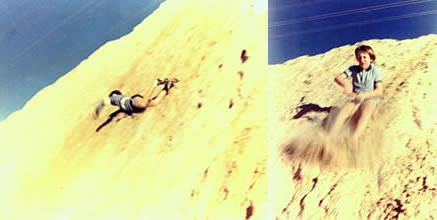
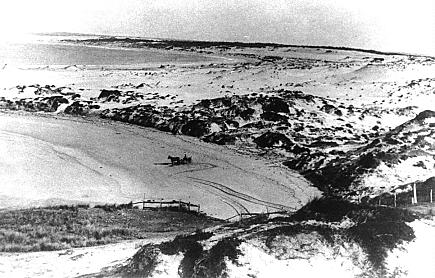
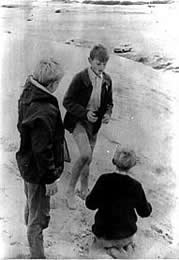 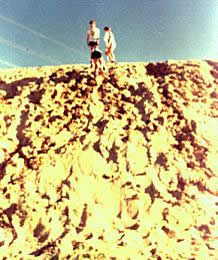 |
| Because of the enormous expanse of sand and the sensation of being isolated in a remote desert region these dunes were used until the 1980s for movies such as 40,000 Horsemen, Rats of Tobruk, Thunder in the Desert, Phar Lap, and Mad MaxBeyond Thunderdome |
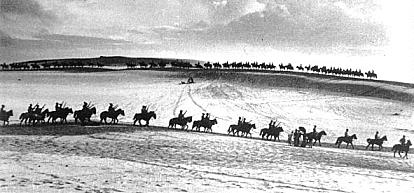
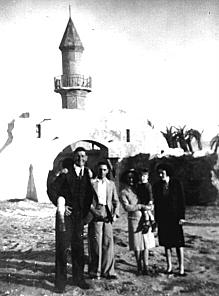 |
| Top of Page |
|
| |
|



